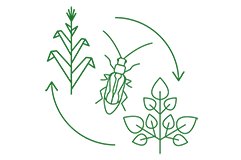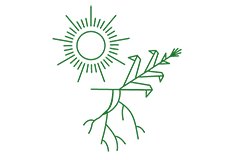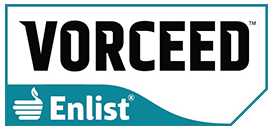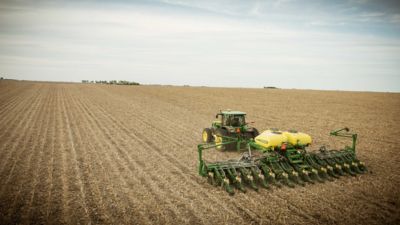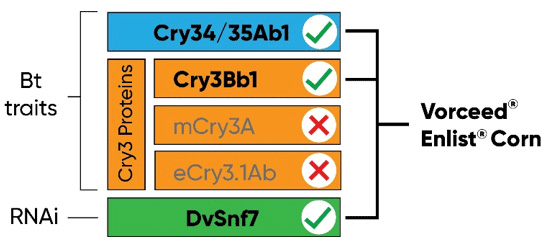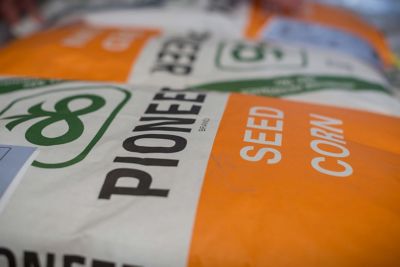Overpower Corn Rootworm
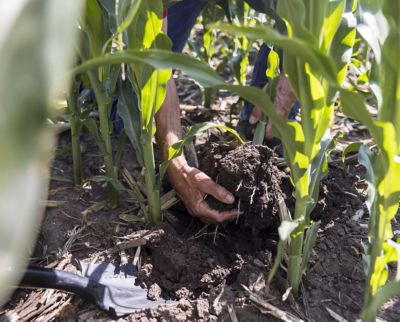
To defeat corn rootworm, you not only need to incorporate the latest trait technology, but also best management practices. Get a collection of corn rootworm (CRW) tips, management resources and find answers to your top questions on how to best manage your CRW acres here.
#Various factors, including pest pressure, reduced susceptibility, and insect resistance in some pest populations may affect efficacy of certain corn technology products in some regions. To help extend durability of these technologies, Corteva Agriscience recommends you implement Integrated Pest Management (IPM) practices such as crop rotation, cultural and biological control tactics (including rotating sources of Bt-protected corn traits), pest scouting, and appropriate use of pest thresholds when employing management practices such as insecticide application. You must also plant the required refuge when using these technologies. Please contact your sales professional or consult with your local university extension for more information regarding insect resistance management guidelines, best management practices and to understand whether there has been a shift in susceptibility or insect resistance with certain pests documented in your area. *Western bean cutworm has been removed from the Corteva Agriscience product use statement for several corn products that contain Herculex® I (Cry1F) but lack another mode of action for western bean cutworm due to a wide-spread decrease in susceptibility indicating the possibility of field-evolved resistance to Cry1F in most geographies.
1Data is based on an average of 2024 comparisons made in the U.S. through May 2, 2025. Comparisons are against Dekalb (SmartStax, SmartStaxPRO and VT4PRO), technology segment matched, unless otherwise stated, and within a +/- 3 CRM of the competitive brand. Product responses are variable and subject to any number of environmental, disease and pest pressures. Individual results may vary. Multi-year and multi-location data are a better predictor of future performance. DO NOT USE THIS OR ANY OTHER DATA FROM A LIMITED NUMBER OF TRIALS AS A SIGNIFICANT FACTOR IN PRODUCT SELECTION. Refer to www.pioneer.com or contact a Pioneer sales representative or authorized dealer for the latest and complete listing of traits and scores for each Pioneer® brand product.
